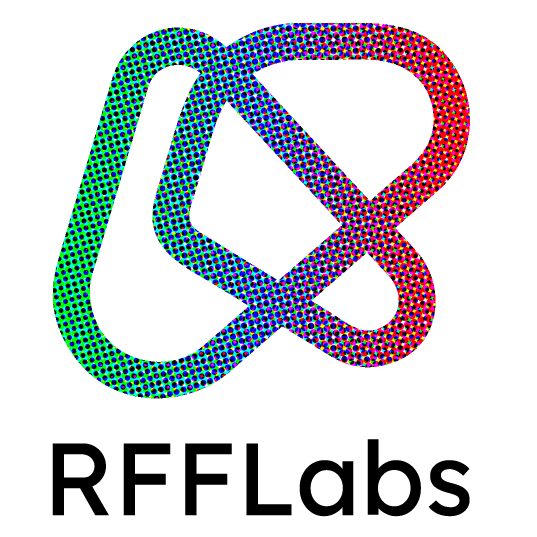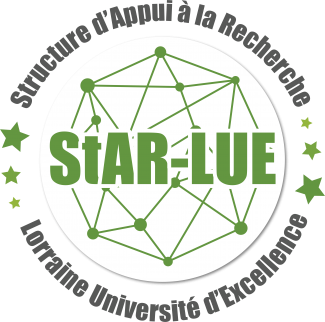Closed loop supply chain network for local and distributed plastic recycling for 3D printing: a MILP-based optimization approach
Source
Santander, P., Cruz Sanchez, F.A., Boudaoud, H., Camargo, M., 2020. Closed loop supply chain network for local and distributed plastic recycling for 3D printing: a MILP-based optimization approach. Resour. Conserv. Recycl. 154, 104531. https://doi.org/10.1016/j.resconrec.2019.104531
Abstract
Recent research and initiatives increasingly propose a new approach, based on distributed plastic recycling for open-source (OS) 3D printing technologies, as a way to deal with the issue of plastic waste and to support the development of the circular economy (CE). Distributed recycling can be thought of as a sort of “smart grid”, composed of small and coordinated recycling units.
However, the operational complexity of this distributed approach limits its application. Furthermore, the environmental and economic advantages have yet to be de- monstrated. This article therefore explores the economic and environmental feasibility of this distributed plastic recycling approach from a logistics perspective, as a step towards its validation. To achieve this, an optimization mixed integer linear programming (MILP) model was used as an evaluation tool, representing a local closed loop supply chain (CLSC) network.
The proposed model is illustrated using a case study of a university seeking to implement a distributed recycling demonstrator in order to recover 3D printing wastes from secondary schools in the northeast of France. Following this step, a sensitivity analysis was carried out considering the market var- iations (price of virgin plastic filament) and the amount of available plastic waste derived from the schools. The results obtained show positive economic and environmental benefits of carrying out this new method of plastic recycling. This work serves as a basis for continuing to explore the feasibility and replication of the distributed plastic recycling network in other contexts.






